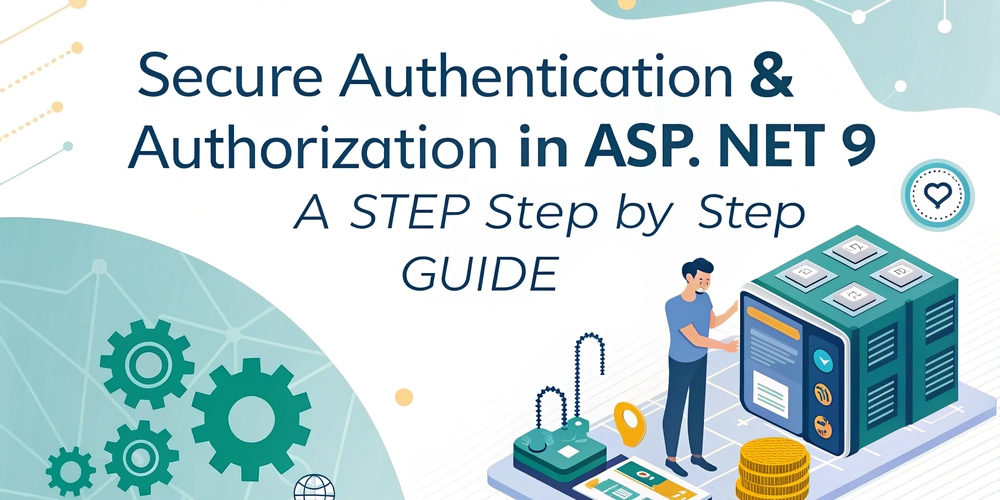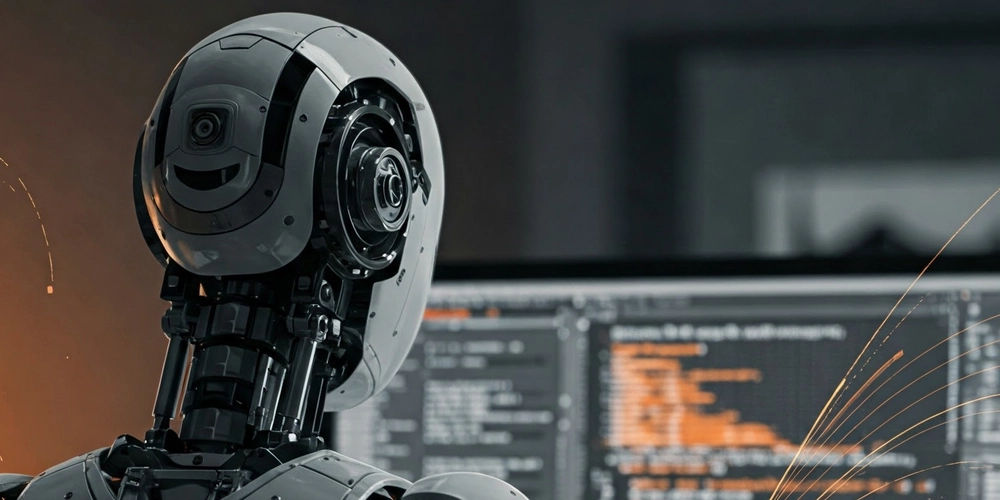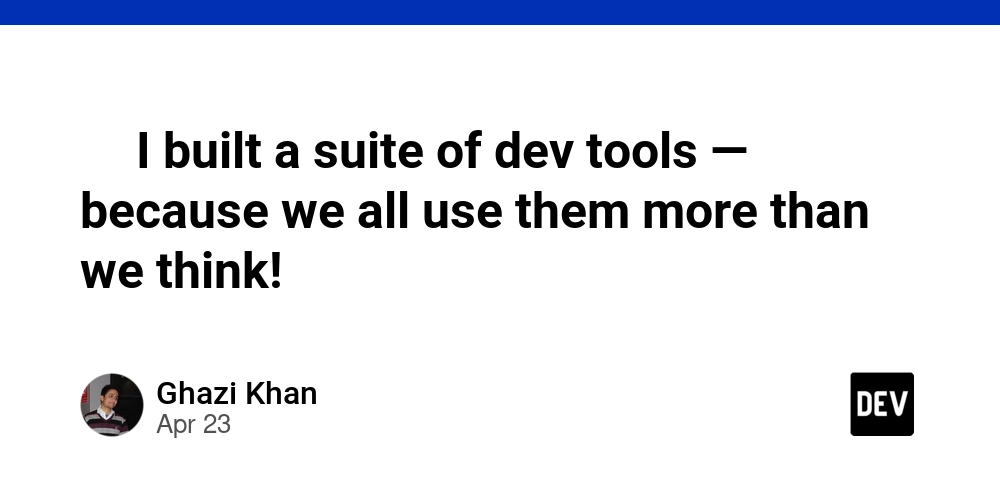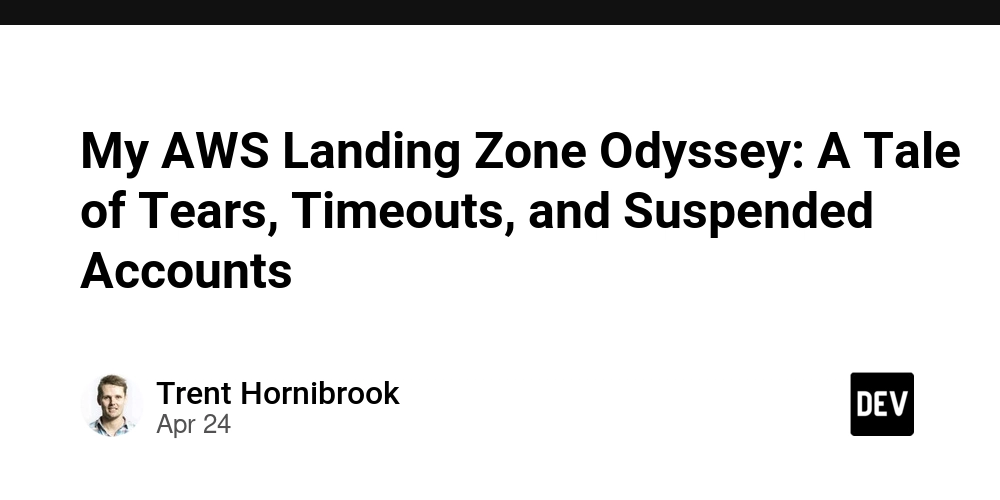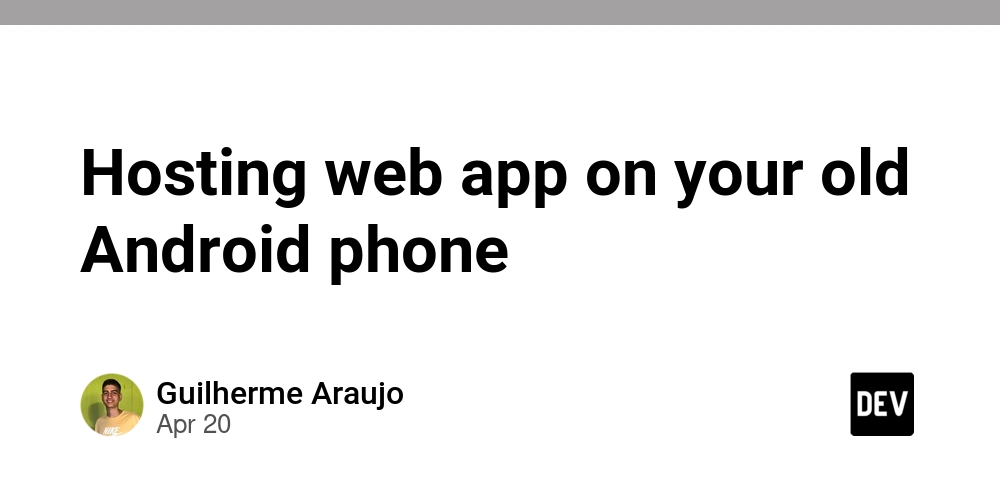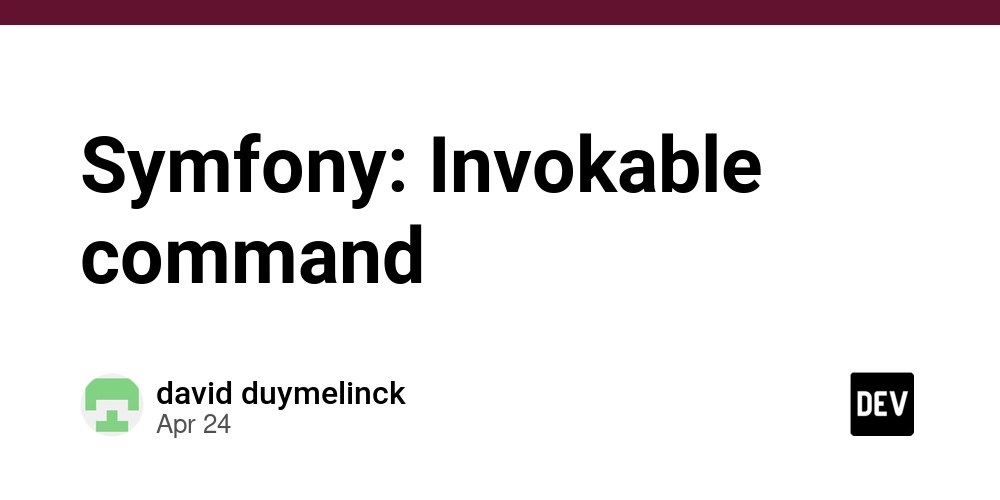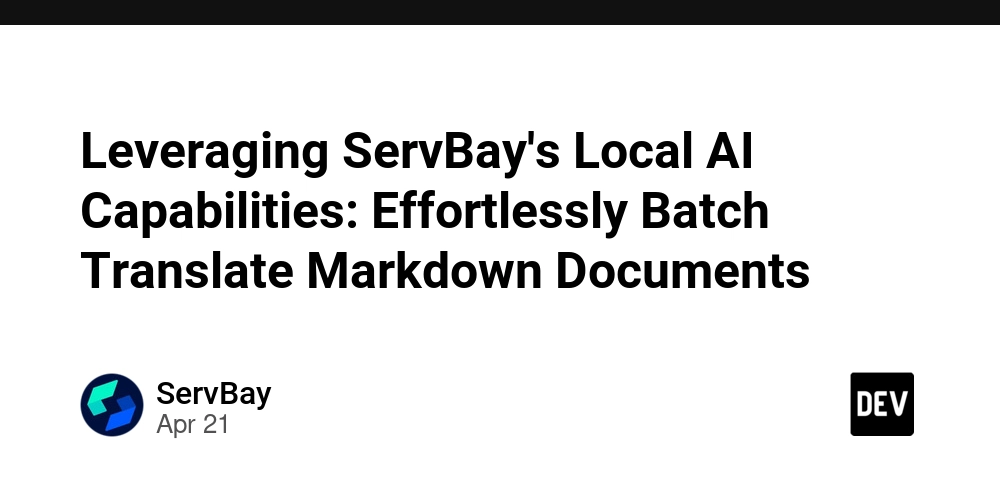
AI Code Reviews vs. Traditional Code Reviews: Which Reigns Supreme?
Tired of code reviews that drag on and slow down your development cycle? AI code reviews are emerging as a game-changer, but how do they really stack up against traditional methods? This article dives into the strengths and weaknesses of artificial intelligence code reviews compared to human-led reviews, helping you determine the best approach for your team.
Traditional Code Reviews: A Tried-and-True Approach
Traditional code reviews involve a developer submitting code for review by a teammate, typically through a pull request. A reviewer then examines the code, providing feedback on potential bugs, logic errors, and style issues. While this process has its merits, it also has some drawbacks:
- Knowledge Sharing & Mentoring: Senior engineers guide junior developers, fostering learning and best practices.
- Contextual Judgment: Human reviewers understand the project's context and can catch nuanced issues.
- Security & Standards: Peer reviews help identify security flaws and enforce coding standards.
However, traditional code reviews aren't without their limitations:
- Time-Consuming: Developers spend considerable time reviewing code, impacting productivity.
- Slow Feedback: Response times can range from hours to days, causing delays.
- Mental Overload: Exhaustion can lead to inconsistencies and missed issues.
AI Code Reviews: The New Kid on the Block
AI code review tools are designed to address the pain points of traditional reviews. These tools scan code for bugs, security flaws, and style issues, providing rapid feedback.
Here's what AI brings to the table:
- Speed: Receive instant feedback, eliminating wait times.
- Consistency: AI flags the same issues every time, ensuring consistent code quality.
- Scalability: AI can handle a large volume of pull requests without fatigue.
AI vs. Human Reviewers: A Head-to-Head Comparison
Let's break down the key differences between AI and human code reviews:
Speed: AI Takes the Lead
AI provides feedback in minutes, while traditional reviews can take hours or even days. This can greatly speed up the review cycle.
Feedback Quality: Humans Still Offer Deeper Insight
Human reviewers excel at understanding context and spotting complex issues that an AI might miss. However, AI is excellent at catching repetitive errors and enforcing consistency.
Consistency: AI is Unbeatable
AI applies the same coding standards consistently. Human reviewers' attention levels may vary.
Developer Experience
Junior developers benefit from instant feedback, while senior engineers can focus on more strategic tasks by leaving mundane or repetitive tasks to an AI.
Learning Curve: Humans Still Have a Huge Advantage
Traditional reviews provide valuable learning opportunities for junior developers. They learn coding conventions and design principles. AI offers less mentorship.
Finding the Right Balance: A Hybrid Approach to Code Reviews
So, what's the ideal solution? The best approach for most teams is a hybrid model that leverages the strengths of both AI and human reviewers.
- AI handles routine checks: Style, bugs, and security issues.
- Humans focus on complex decisions: Architecture and strategic considerations.
This hybrid approach streamlines the review process, improves code quality, and optimizes developer productivity. Implementing AI code reviews doesn't mean replacing people; it is about enhancing the overall process.
Embrace the Future of Code Review
AI code reviews are not just a trend, they are a powerful tool that can transform your software development workflow. By understanding the strengths and limitations of artificial intelligence code reviews, you can create a system that leverages the best of both worlds, resulting in faster development cycles, higher quality code, and a more productive team.



